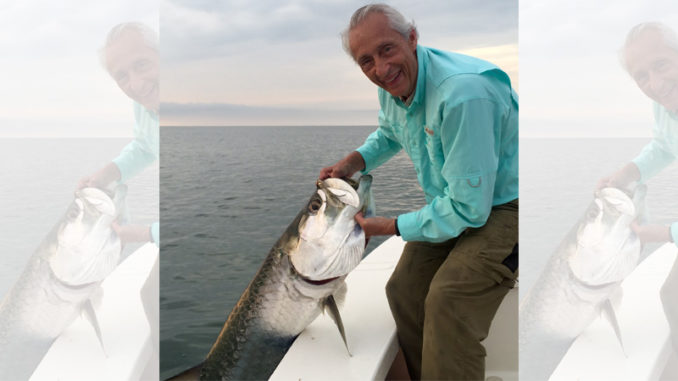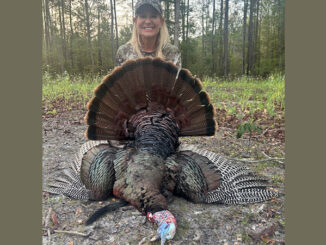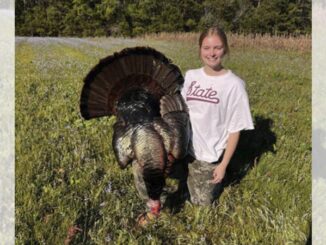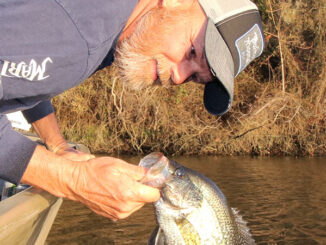
Numbers of silver kings hits highest level this time of year
Tarpon are about the only migrating fish that make an annual round-trip of 3,000 miles along the eastern seaboard and can be caught inshore or nearshore with a small skiff. They are highly sought-after and a pinnacle catch for well-seasoned anglers. South Carolina is not widely known for tarpon. The state lacks the recognition received in Key West and other places in orange juice territory. But these silver beasts are more than a once-in-a-lifetime catch in the state’s bait-filled waters. And multiple daily hookups are not unusual in September.
When tarpon arrive, Newman Weaver of Kingfisher Guide Service rarely starts a morning anywhere other than Georgetown’s rich tarpon waters. And that’s especially true during September.
“September is usually the best time to catch tarpon here, because all of the fish north of us are migrating south on their way back to Florida behind the mullet schools,” said Weaver (843-318-0474). “Less food is present down south, and tarpon will feed strong here before they make their final push south.”
For Weaver, it is all about being in the right place at the right time.
“The fish show up in waves. They will get hung up for a few days at a time along the beach, sandbars, jetties and at the mouth of the inlets. Basically, you’ll find tarpon anywhere you find mullet congregated in one place,” said Weaver. He likes to fish ledges where the water drops from 5 to 15 feet.
Don’t overlook artificial lures for tarpon
Tarpon will eat just about anything they can get in their mouths. Most anglers choose live or cut bait to attract them. But Weaver leans towards artificial lures because the way the fish move with the current.
“This time of year, tarpon move with the baitfish that move with the current. With so much bait in the water, artificial lures are a more-active approach and can get the fish’s attention much better than using another live or cut chunk of bait,” he said.
Weaver likes to use something heavy that can be cast a long way and will appear like an easy meal.
“Mullet are smart and will get away from tarpon when they can. The D.O.A. swimming mullet is my go-to lure for tarpon. Even though they have little action in the water, they are easy for tarpon to catch and eat. It’s the low-hanging fruit concept that works great for us,” said Weaver. He suggests casting upstream of the drops and work them slowly back to the boat.
While tarpon are known to surface and gulp air, they generally feed in the lower half of the water column. Weaver will cast and retrieve his lures so they are swimming in the mid-depth region of the water column, which is the strike zone for a silver king.
Tarpon are migrating this time of year, and the waters around Georgetown are known for a vigorous tarpon bite during September when the large pushes of fish are migrating through the area. Look for big schools of menhaden and mullet along the beachfronts. There’s a good chance some famished tarpon will be lurking below the surface, ready to pounce on an easy meal.
Click here for the top 5 tips to catching Carolina tarpon.





Be the first to comment